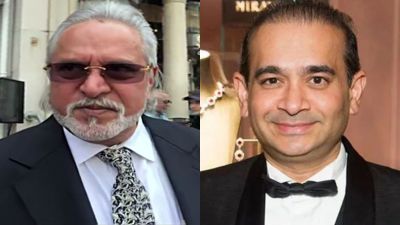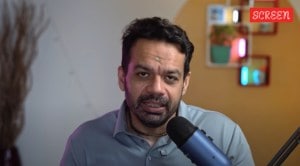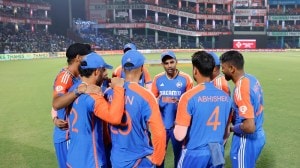Click here to follow Screen Digital on YouTube and stay updated with the latest from the world of cinema.
Shyam Benegal, the force behind India’s parallel cinema movement, dies at 90
Blessed with boundless creative energy, Shyam Benegal reinvented himself as a director at different stages of his career. He also experimented with different themes, subjects, and formats and made over 20 feature films, 70 documentaries and short films.
 Shyam Benegal was 90. (Express Photo by Dilip Kagda)
Shyam Benegal was 90. (Express Photo by Dilip Kagda)Just when mainstream Hindi cinema stepped into an exciting new phase with the rise of the ‘Angry Young Man’ in the ’70s, Shyam Benegal made a stunning debut as the writer and director of Ankur (The Seedling, 1974), propelling the parallel cinema movement in India.
A refreshingly original movie, Ankur was a searing criticism of the caste system and rural feudalism in India and received widespread national and international acclaim. This ensured a phenomenal start to his film career as the then 40-year-old Benegal became a ‘disruptor’, who with his powerful storytelling and touch of social realism established himself as a modern master and a visionary in the years that followed.
Shyam Benegal, who turned 90 earlier this month, passed away in Wockhardt hospital in Mumbai on Monday.
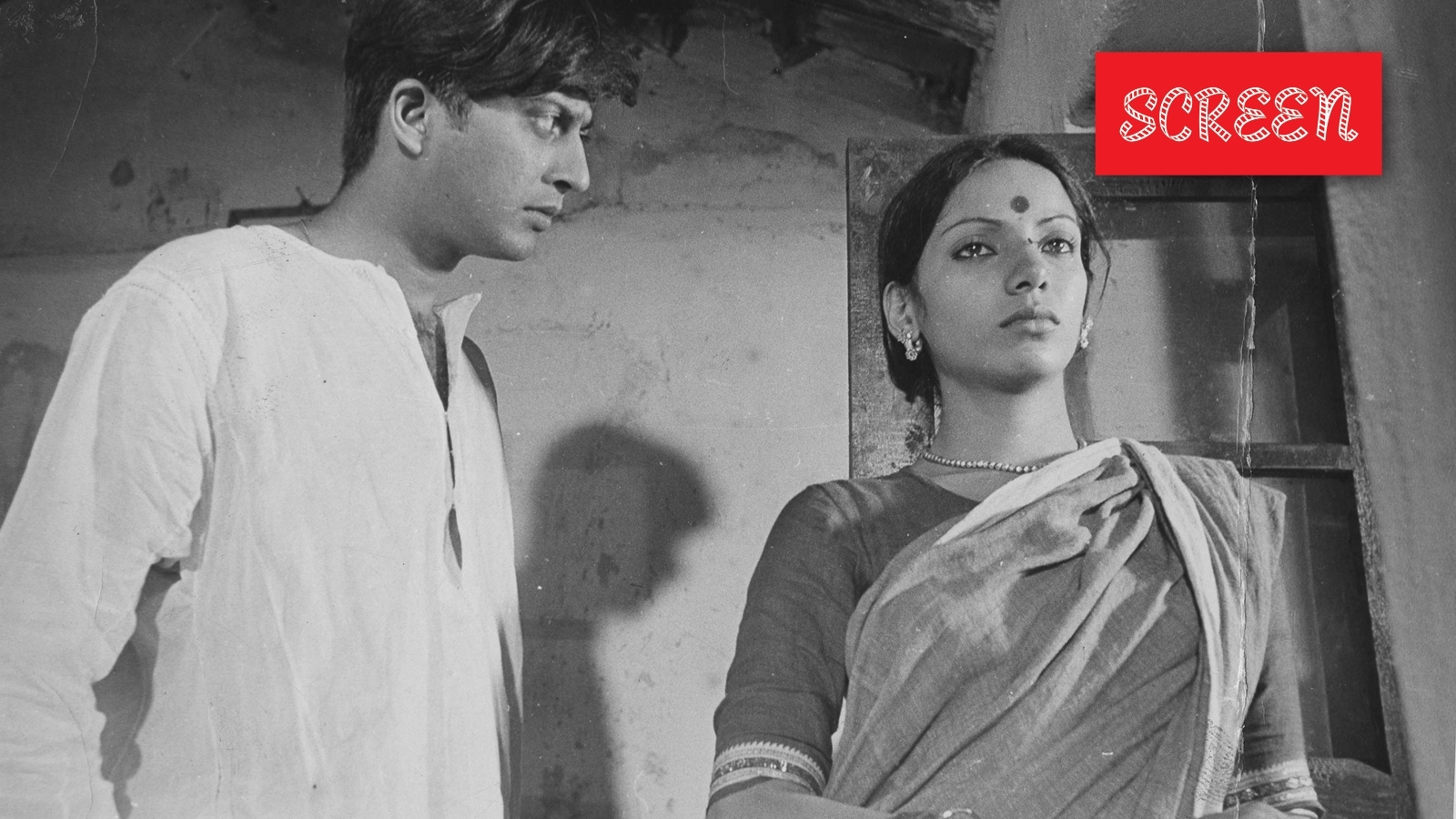 Anant Nag and Shabana Azmi in Shyam Benegal’s Ankur. (Express archive photo)
Anant Nag and Shabana Azmi in Shyam Benegal’s Ankur. (Express archive photo)
Unlike arthouse filmmakers before him, including Satyajit Ray and Ritwik Ghatak, Shyam Benegal found a pan-Indian audience and international distributors. That widened the reach of his work. Yet, the writer-director didn’t limit himself to making movies. His impressive body of work includes a host of landmark television shows and documentaries, including landmark series such as Yatra (1986) and Bharat Ek Khoj (1988). The 53-episode Bharat Ek Khoj, based on Jawaharlal Nehru’s book Discovery of India, was an ambitious project that familiarised the audience with India’s 5,000-year history, myths and ethos through an engaging narrative. In March 2014, Rajya Sabha TV started telecasting Samvidhaan, a 10-part series directed by Benegal that focused on the making of the Constitution of India.
From the Archives: How Shyam Benegal’s Manthan, to be screened at Cannes, was one of the earliest examples of a crowdfunded film
Shyam Benegal’s movies and aesthetics played a major role in the parallel cinema movement of the 70s and 80s. As Benegal directed some of his best movies — Ankur, Nishant (1975), Manthan (1976), Bhumika (1977), and Junoon (1979) — he emerged as a strong cinematic voice and a force to reckon with. Tirelessly, the director continued to push his boundaries.
In the 80s, he made critically acclaimed movies such as Kalyug (1981), Arohan (1982), Mandi (1983), Trikaal (1985), and Susman (1987), apart from diving into the world of television.
Unlike some of his contemporaries, whose career took a backseat when the parallel cinema movement lost its steam, Shyam Benegal continued to push the envelope and tell the stories he believed in. He expanded his oeuvre in the ’90s to direct Suraj Ka Satvan Ghoda (1993), an adaptation of the famous novel by Dharmavir Bharati, and biopics such as The Making of the Mahatma (1996). He directed a much-acclaimed trilogy about female Muslim protagonists — Mammo (1994), Sardari Begum (1994) and Zubeidaa (2001). In later years, he made Netaji Subhas Chandra Bose: The Forgotten Hero (2005), Welcome to Sajjanpur (2008), and Well Done Abba (2010). A tireless master, Benegal, at the age of 87, helmed a prestigious India-Bangladesh co-production — Mujib: The Making of a Nation, his last movie.
Also Read | Mujib The Making Of A Nation movie review: A bland, by-the-numbers biopic of Sheikh Mujibur Rahman
Blessed with boundless creative energy, he reinvented himself as a director at different stages of his career. He also experimented with different themes, subjects, and formats and made over 20 feature films, 70 documentaries and short films. What was remarkable is that most of his work stood the test of time and remains relevant even today. Benegal’s women have been assertive, independent, and feisty. They have driven the narrative in movies such as Ankur, Nishant, Bhumika, Mandi, Mammo, Sardari Begum, Zubeida, and Hari Bhari. They were flawed but came with their individuality.
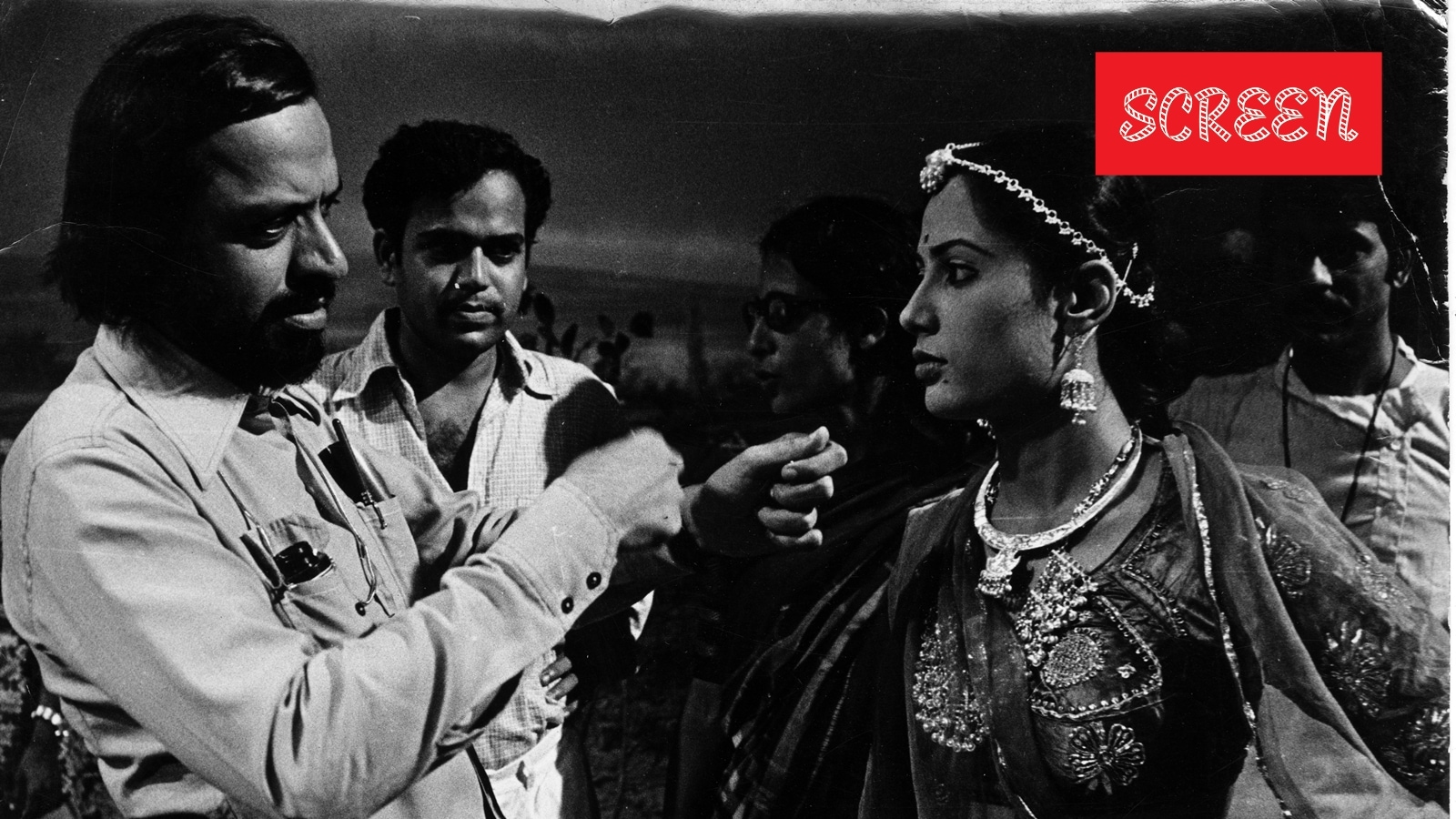 Shyam Benegal and Smita Patil on the sets of a film. (Express archive photo)
Shyam Benegal and Smita Patil on the sets of a film. (Express archive photo)
Some of the Indian screen’s most talented artistes, including Naseeruddin Shah, Shabana Azmi, Smita Patil, Amrish Puri, Girish Karnad, and Kulbhushan Kharbanda, either made their debut under his direction or worked extensively with Benegal during the initial phase of their career. He not only identified their talent but also showcased it in the best possible way and created several landmark characters of Indian cinema.
Even though most of his movies are considered to be classics today, he faced a lot of criticism too. Critics thought some of his early films were weak in craft. Because of his tendency to pack in messages or socio-political commentaries in his movies, they were labelled as “socially relevant” and “didactic”. He was criticised for not “fully comprehending rural ethos” and was described as “naive and simplistic urban dilettante”. There was a point in his career when Benegal was rejected by arthouse filmmakers. Senior filmmakers such as Mani Kaul, a pioneer of experimental cinema in India, thought Benegal’s movies diluted the essence of arthouse cinema even though the latter made it more accessible to common viewers. Benegal, however, remained unruffled and uncompromising.


Photos


- 01
- 02
- 03
- 04
- 05


